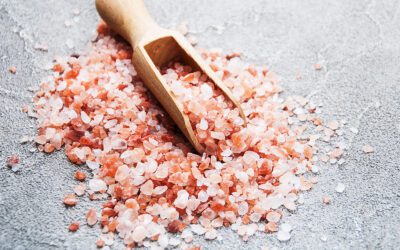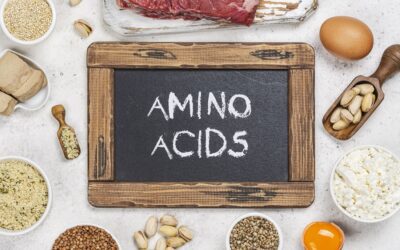
Residues & Contaminants in Food And Agriculture Products
Cultivator Phyto Lab provides reliable and accurate testing solutions to identify harmful chemical residue and contaminants in various food and agriculture products. To meet the strict regulations around the world regarding prohibited and restricted chemicals as well as help to avoid recalls through unwanted contaminants getting into food products, we provide a testing service to comply, maintain its reputation according to regulations and keep consumers safe.
Testing Parameters
Antioxidants
PAH & PCBs testing
Identification by FTIR
Melamine
Uric Acid
Preservatives Testing
THM & VOC Testing
Plant growth Regulators
Residual solvent
Test Methods
As per all national and international methods like AOAC, APHA, EU, Indian standard, FSSAI, ISO, own validated methods and customer supplied methods.

The use of pesticides (insect killing), fungicides (to control fungi, mould & mildew) and herbicides (Kill weeds) can help to crop resistance to disease and pests as well as increase yields, the excess use or use of forbidden pesticides can lead to the accumulation of harmful chemical residues. We provide trace, contaminants & residue analysis services, helping to ensure your products meet the required standards. From our facilities we provide fast and accurate screening, detection, identification and quantification the presence of pesticides, toxins, heavy metals and also melamine
Naturally Occurring Toxins (NOTs)
(NOTs) like mycotoxins and toxins occur in staple foods like corn or cereals can contain high levels of mycotoxins, such as aflatoxin and ochratoxin, produced by mould on grain. A long-term exposure can affect the immune system and normal development, or cause cancer.
Heavy Metals
Heavy metals such as lead, cadmium, and mercury cause neurological and kidney
damage. Contamination by heavy metals in food occurs mainly through pollution of air, water, and soil.
Persistent Organic Pollutants (POPs)
Persistent organic pollutants (POPs) are compounds that accumulate in the environment and the human body. Known examples are Polyaromatic hydrocarbons
(PAHs), and polychlorinated biphenyls (PCBs) which are highly toxic and can cause kidney, and liver damage and developmental problems, damage the immune system, interfere with hormones and cause cancer, which are unwanted by products of industrial processes and waste incineration. They are found worldwide in the environment and accumulate in food chains
NEWS AND BLOGS
Find up to date information, news releases, and corporate publications for Cultivator Phyto Lab customers
Rock Salt A Source of Minerals
Don’t underestimate salt in your body to hold several responsive effects….Rock salt, also known as Sendha Namak or halite, contains several essential minerals, including sodium, potassium, calcium, magnesium, and iron. The colour of rock salt varies from white to...
How to Test Drinking Water at Home: A Step-by-Step Guide
"Water is the silent force of life—pure, powerful, and endlessly flowing—nourishing every living soul with energy"The quality of your drinking water should not be kept in doubt; instead, it should be verified; it all comes down to your health. Before purchasing a...
Amino acid profiling in food products
“A building block of body need to know”Amino acids are the building blocks of proteins to lead the blueprint of the whole body, and their profiling in food is crucial for understanding the nutritional value, quality, and functionality of the food. Amino acid profiling...



